Introduction
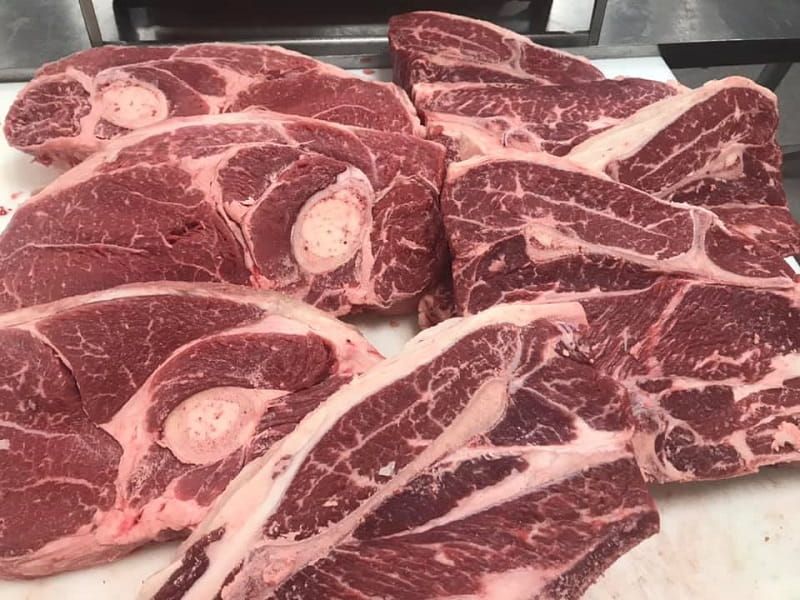
In the world of beef roasts, it’s easy to become overwhelmed with the variety of choices available. Two popular cuts that often cause confusion are the arm roast and the chuck roast. While both cuts come from the shoulder region of the cow, they have distinct differences in flavor, texture, and cooking techniques. Understanding these differences is essential in choosing the right roast for your culinary needs. In this article, we will delve into the characteristics of arm roast and chuck roast, compare their flavors and textures, explore the best cooking techniques for each, and help you make an informed decision when it comes to selecting the perfect roast for your next meal.
Overview Of Arm Roast And Chuck Roast
Arm roast and chuck roast are both popular cuts of beef that come from the shoulder region of the cow. Arm roast, also known as round bone roast, is a tender cut with adequate marbling that adds flavor and juiciness to the meat. On the other hand, chuck roast, also known as blade roast, is a flavorful cut with more connective tissue, which gives it a rich and beefy taste. Both cuts can be prepared using various cooking methods such as roasting, braising, or slow cooking to achieve tender and succulent results.
Understanding The Differences Between Arm Roast And Chuck Roast
Arm roast and chuck roast may come from the same shoulder region of the cow, but they have distinct characteristics. Arm roast is leaner and more tender, making it a popular choice for dishes that require tenderness. It has a round bone in the middle, which adds richness to dishes when cooked bone-in. Chuck roast, on the other hand, has more connective tissue, which gives it a rich, beefy flavor. It’s a flavorful cut that benefits from slow cooking methods to break down the tough tissue and yield tender, succulent meat.
Arm Roast
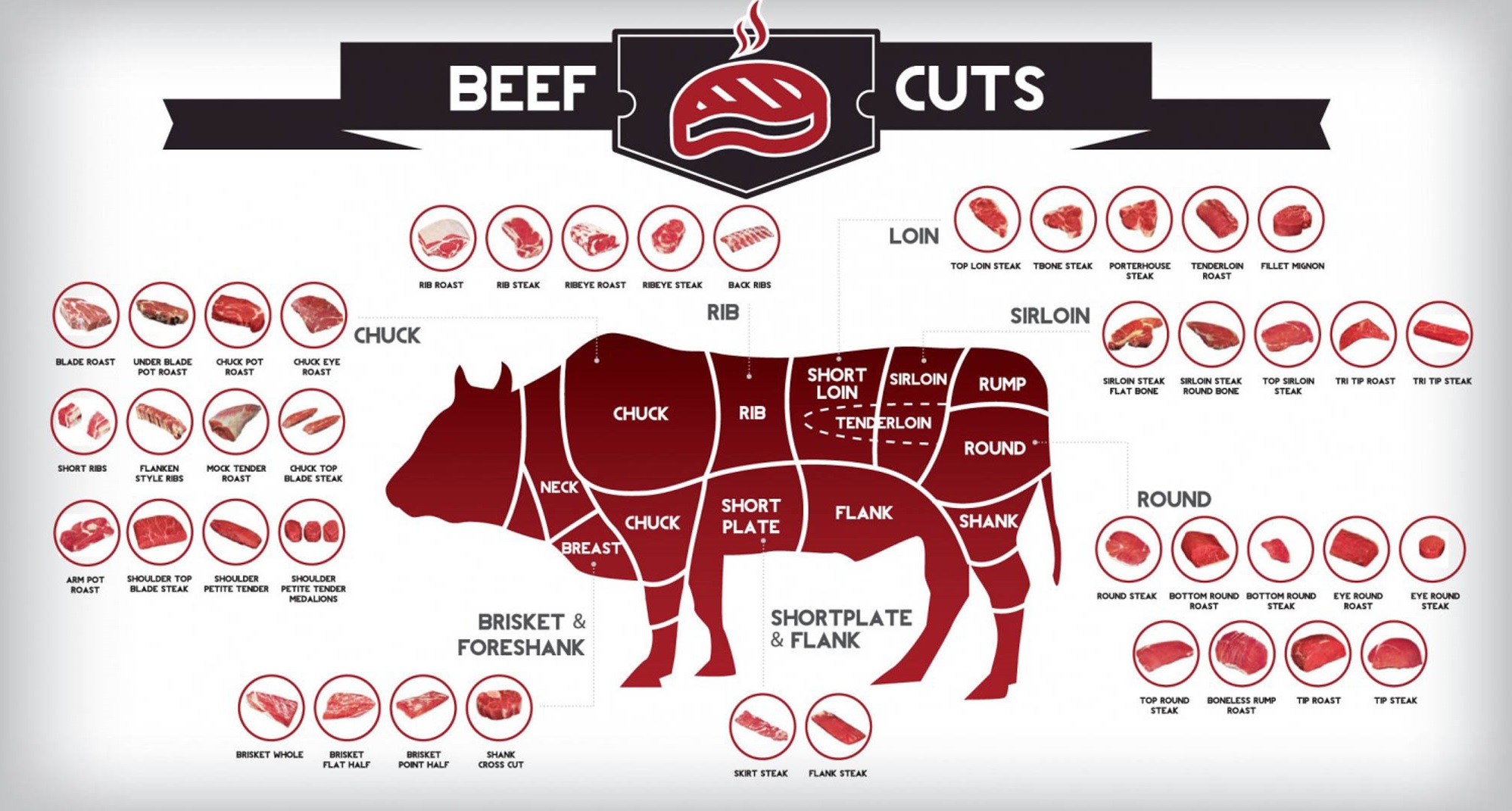
Arm roast is a cut of beef that is known for its tenderness and flavorful profile. It is leaner compared to chuck roast and is often referred to as the top blade roast. Arm roast gets its name from the round bone in the middle, which adds richness to dishes when cooked bone-in. This roast is popular for roasting, braising, or slow cooking methods. It lends itself well to seasoning and absorbs flavors easily. Arm roast is a great choice for dishes that require tender and succulent meat.
Arm Roast Definition And Characteristics
Arm roast, also known as the top blade roast, is a cut of beef that is renowned for its tenderness and flavorful profile. Its name comes from the round bone in the middle, which adds richness to dishes when cooked bone-in. This roast is leaner compared to chuck roast, making it a healthier option. Arm roast is popular for roasting, braising, or slow cooking methods. It has a fine texture and marbling that enhances its succulence. Additionally, arm roast absorbs flavors easily, making it versatile and suitable for various seasoning combinations.
Cooking Methods And Flavors Of Arm Roast
Arm roast is a versatile cut of beef that can be cooked using various methods. It is commonly roasted, braised, or slow-cooked to achieve its tender and flavorful profile. When roasting, it is recommended to sear the roast first to lock in the juices and then cook it in the oven at a low temperature. Braising arm roast involves searing it and then simmering it in liquid, which helps to break down its connective tissues and make it more tender. The flavors of arm roast can be enhanced by using seasonings such as garlic, rosemary, thyme, or a marinade of choice.
Chuck Roast
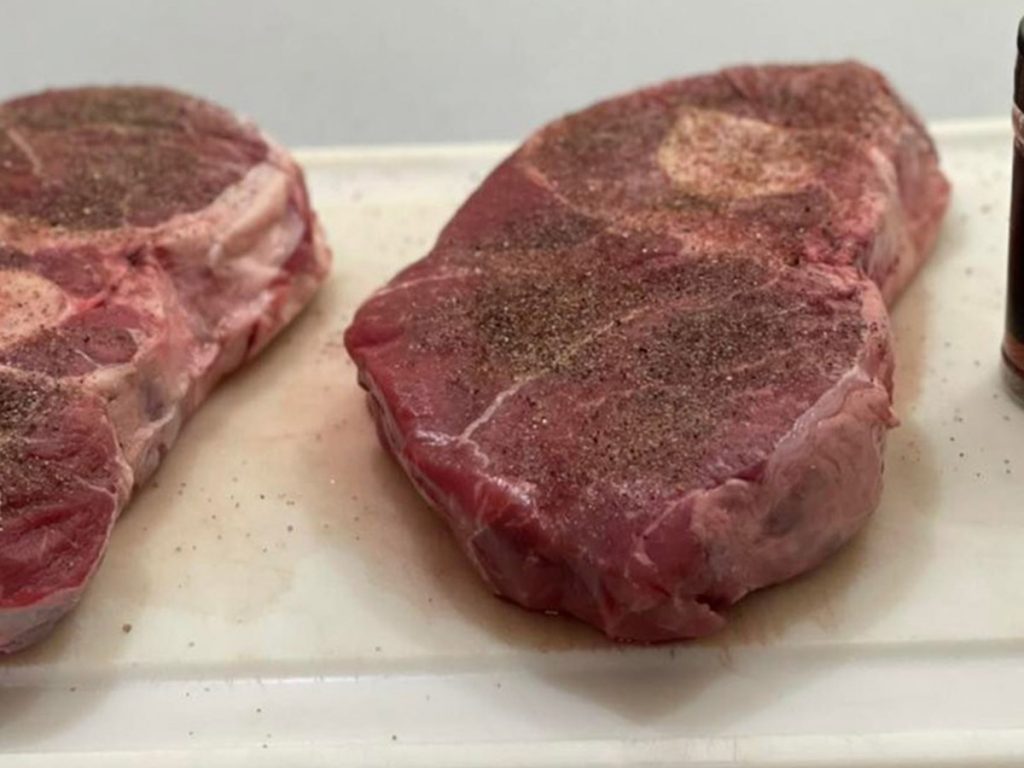
Chuck Roast, also known as chuck pot roast, is a flavorful and versatile cut of beef. It comes from the shoulder area of the cow and is known for its rich marbling and connective tissues. This makes chuck roast ideal for slow cooking methods such as braising or pot roasting, where the low and slow cooking breaks down the tough fibers and makes the meat tender and succulent. The marbling in chuck roast adds to its flavor and juiciness, making it a popular choice for stews, pot roasts, and shredded beef dishes.
Chuck Roast Definition And Characteristics
Chuck roast is a cut of beef that comes from the shoulder area of the cow. It is known for its rich marbling and connective tissues, which give it a superior flavor and juiciness. Chuck roast has a good amount of fat, making it a flavorful choice for slow cooking methods like braising or pot roasting. The marbling and connective tissues break down during cooking, resulting in a tender and succulent meat. Chuck roast is often used in stews, pot roasts, and shredded beef dishes because of its robust flavor and ability to hold up well in long cooking times.
Cooking Methods And Flavors Of Chuck Roast
Chuck roast is a versatile cut that can be cooked using various methods to bring out its rich flavors. It is commonly used in slow cooking methods such as braising, pot roasting, and stewing. These methods allow the connective tissues to slowly break down, resulting in a tender and succulent meat. Chuck roast pairs well with aromatic herbs and spices like rosemary, thyme, and garlic, adding depth to its flavor profile. It also absorbs flavors from other ingredients and seasonings, making it an excellent choice for flavorful one-pot meals.
Arm Roast Vs Chuck Roast: Flavor And Texture
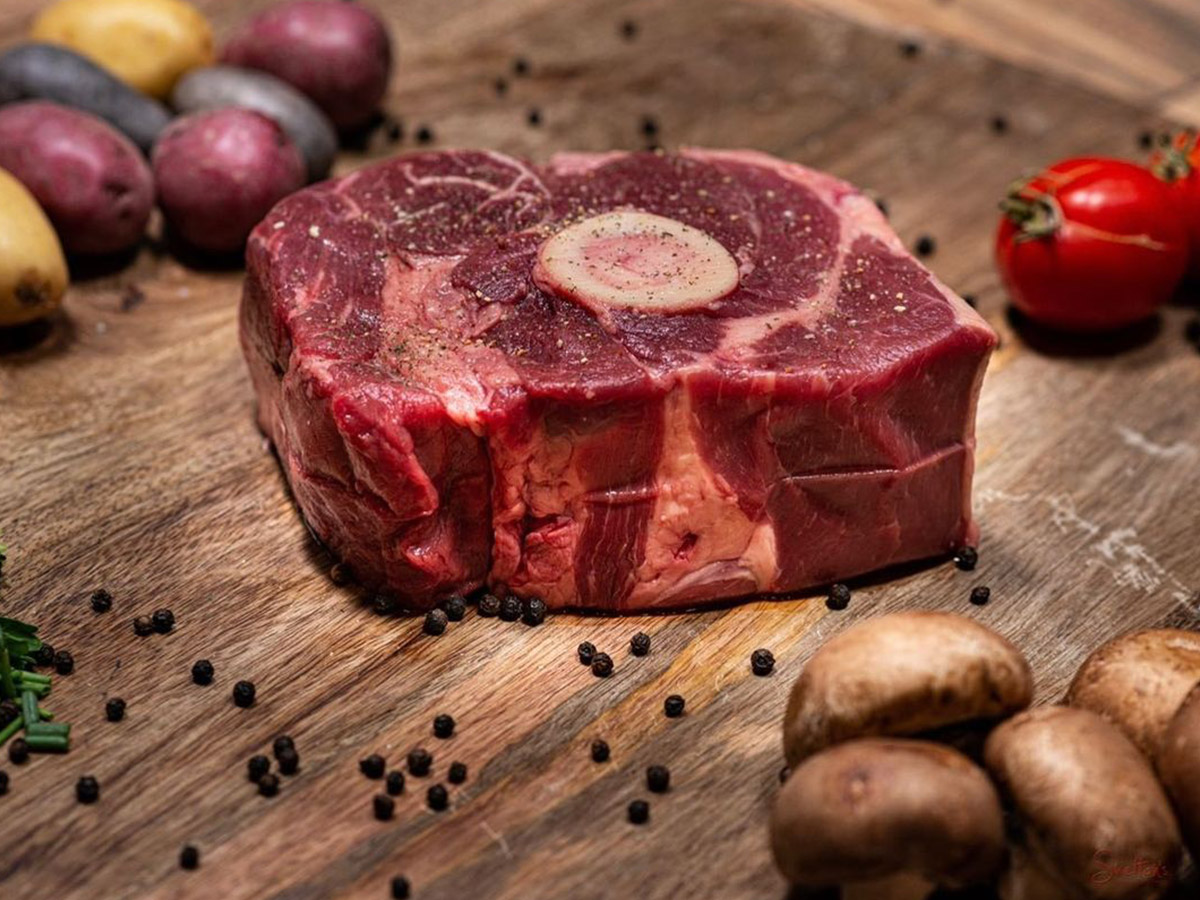
When it comes to flavor and texture, Arm Roast and Chuck Roast offer distinct characteristics. Arm Roast, also known as round bone pot roast, has a beefy and slightly lean flavor. It is tender when cooked properly but can become tough if overcooked. On the other hand, Chuck Roast has a rich and hearty flavor due to its marbling and connective tissues. It becomes melt-in-your-mouth tender when cooked low and slow. Both roasts have their unique textures and flavors, so it ultimately depends on your preference and cooking method.
Comparison Of Flavor Profiles Between Arm Roast And Chuck Roast
Arm Roast and Chuck Roast have distinct flavor profiles. Arm Roast has a beefy and slightly lean taste, making it versatile for various recipes. It offers a milder flavor compared to Chuck Roast. On the other hand, Chuck Roast has a rich and hearty taste due to its marbling and connective tissues. It offers a more pronounced beef flavor that is perfect for dishes like pot roasts and stews. The choice between the two roasts ultimately depends on your preference for a milder or more robust beef flavor.
Texture Differences And Tenderness Between Arm Roast And Chuck Roast
Arm Roast and Chuck Roast differ in terms of texture and tenderness. Arm Roast tends to have a slightly firmer texture due to its leaner meat. It is still tender when cooked properly but may require longer cooking times or braising to achieve optimal tenderness. On the other hand, Chuck Roast has more marbling and connective tissues, resulting in a tender and juicy texture. It is known for its melt-in-your-mouth tenderness, making it a popular choice for slow cooking methods like braising and pot roasting.
Arm Roast Vs Chuck Roast: Cooking Techniques

When it comes to cooking techniques, Arm Roast and Chuck Roast each have their own recommended methods for achieving their best flavors and textures.
For Arm Roast, the best cooking techniques include roasting, braising, or slow cooking. These methods help to tenderize the leaner meat and bring out its natural flavors. It is important to cook Arm Roast at low temperatures for a longer period of time to ensure tenderness.
On the other hand, Chuck Roast is best suited for slow cooking methods like pot roasting or braising. The marbling and connective tissues in Chuck Roast benefit from the low and slow cooking process, resulting in a tender and juicy end result.
In summary, Arm Roast and Chuck Roast have different cooking techniques that cater to their specific characteristics. The key is to choose the method that will enhance the natural qualities of each roast.
Best Cooking Techniques For Arm Roast
The best cooking techniques for Arm Roast include roasting, braising, or slow cooking. These methods help to tenderize the leaner meat and bring out its natural flavors. It is important to cook Arm Roast at low temperatures for a longer period of time to ensure tenderness. Roasting Arm Roast in the oven, especially with the addition of seasonings or a marinade, can result in a delicious and savory dish. Braising Arm Roast in a liquid, such as broth or wine, can also create a moist and flavorful meal. Slow cooking Arm Roast in a crockpot or slow cooker can further enhance its tenderness and taste.
Best Cooking Techniques For Chuck Roast
Chuck Roast is a versatile cut of meat that can be cooked using various techniques to achieve tender and flavorful results. Some of the best cooking techniques for Chuck Roast include:
- Braising: This involves searing the roast in a hot pan, then cooking it in a flavorful liquid (such as broth or wine) at a low temperature for an extended period. This method helps break down the tough fibers and infuses the meat with rich flavors.
- Slow Cooking: Slow cooking the Chuck Roast in a crockpot or slow cooker is another great technique. The low and slow cooking process allows the meat to become tender and juicy, resulting in a melt-in-your-mouth texture.
- Pot Roasting: This method involves cooking the roast in a covered pot with a small amount of liquid, such as broth or onions and vegetables. The moist environment helps to keep the meat tender and enhances its flavors.
- Oven Roasting: Roasting the Chuck Roast in the oven at a low temperature (around 325°F) can also yield delicious results. This method allows for even cooking and caramelization of the meat’s surface, resulting in a flavorful and succulent roast.
When cooking Chuck Roast, it’s crucial to give it enough time to cook slowly and develop its flavors. This cut of meat benefits from longer cooking times to achieve the desired tenderness. Additionally, using flavorful ingredients like herbs, spices, and aromatics can greatly enhance the taste of the Chuck Roast.
Conclusion
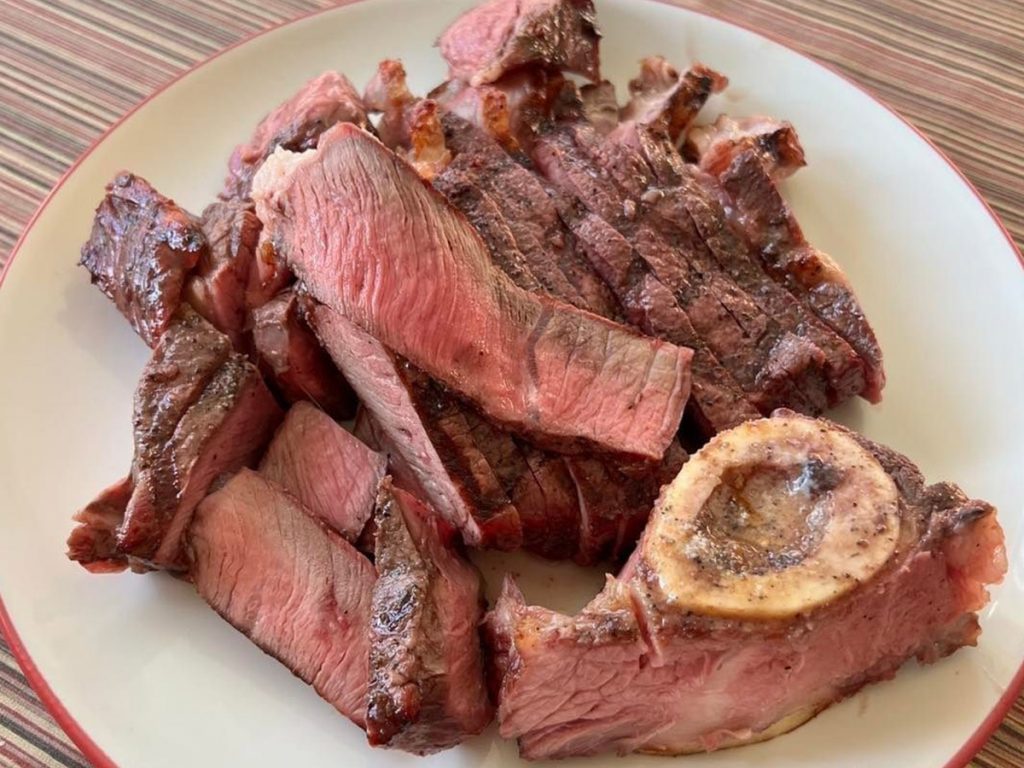
In conclusion, both Arm Roast and Chuck Roast are delicious cuts of beef that offer distinct flavors and textures. Arm Roast is known for its tenderness, making it a great choice for those seeking a melt-in-your-mouth experience. On the other hand, Chuck Roast has a rich, beefy flavor and can benefit from slow cooking techniques to achieve optimal tenderness. When choosing between Arm Roast and Chuck Roast, consider your desired outcome and cooking preferences. Whether you prefer a tender and delicate texture or a robust and hearty flavor, both cuts can elevate your culinary creations. So, go ahead and savor the unique qualities of each roast and enjoy a delicious meal.
Factors To Consider When Choosing Between Arm Roast And Chuck Roast
When deciding between Arm Roast and Chuck Roast, there are a few factors to consider.
- Tenderness: Arm Roast is generally more tender, making it a great choice for dishes that require a melt-in-your-mouth texture. In contrast, Chuck Roast has more connective tissue, which can result in a slightly tougher meat.
- Flavor: Arm Roast offers a delicate and subtle flavor, while Chuck Roast has a rich and beefy taste. Consider the flavor profile you prefer when making your choice.
- Cooking time: Arm Roast requires less cooking time due to its tenderness, while Chuck Roast benefits from slow cooking methods to break down the connective tissues and achieve optimal tenderness.
- Budget: Chuck Roast is often more affordable compared to Arm Roast, so if budget is a concern for you, Chuck Roast may be the better option.
Consider these factors and choose the roast that best fits your preferences and cooking needs. Enjoy the delicious flavors and textures of either Arm Roast or Chuck Roast in your culinary endeavors.
Which Roast Is Right For You?
When deciding between Arm Roast and Chuck Roast, it ultimately comes down to personal preference and the specific dish you plan to make. If you prefer a melt-in-your-mouth texture and a delicate flavor, Arm Roast is the way to go. On the other hand, if you enjoy a rich and beefy taste and don’t mind a slightly tougher texture, Chuck Roast is the better choice. Consider your budget and cooking time as well, as Chuck Roast is often more affordable and benefits from slow cooking methods. Whichever roast you choose, both Arm Roast and Chuck Roast offer delicious flavors and can be enjoyed in a variety of mouthwatering dishes.
FAQ: Arm Roast vs Chuck Roast
Q: What is the difference between arm roast and chuck roast?
A: Arm roast and chuck roast are both popular cuts of beef but they come from different parts of the animal and have slightly different characteristics.
Q: Where does the arm roast come from?
A: Arm roast, also known as arm pot roast or round bone pot roast, is cut from the shoulder area of the cow. It is taken from the upper part of the front leg, closer to the shoulder blade.
Q: And what about chuck roast? Where does it come from?
A: Chuck roast, also called chuck shoulder or chuck pot roast, is cut from the shoulder area as well. It comes from the front upper part of the animal, specifically the area between the neck and shoulder blade.
Q: How are the two cuts different in terms of tenderness and texture?
A: Although both arm roast and chuck roast are flavorful cuts, they differ in terms of tenderness and texture. Arm roast is generally less tender and more lean compared to chuck roast. It has a slightly chewier texture, which makes it ideal for slow cooking methods that help break down its toughness.
Q: Which cut is better for slow cooking or braising?
A: Both arm roast and chuck roast are excellent choices for slow cooking or braising. However, because of its higher fat content, chuck roast tends to be more forgiving and results in a more tender, juicy, and flavorful final product.
Q: Are there any differences in cooking times for these cuts?
A: Due to its leaner nature, arm roast may take a bit longer to cook when compared to chuck roast. It requires low and slow cooking methods to achieve tender results. Chuck roast, on the other hand, can be cooked for a shorter period of time and still yield good results.
Q: How do they differ in terms of taste?
A: Arm roast has a slightly milder flavor compared to chuck roast. It is often described as beefy with a subtle sweetness. Chuck roast has a richer flavor profile due to its higher fat content, making it more succulent and full-bodied.
Q: Can arm roast and chuck roast be used interchangeably in recipes?
A: While both cuts can be used interchangeably in recipes that call for slow cooking or braising, it’s important to consider the differences in tenderness and fat content. If using arm roast as a substitute for chuck roast, the cooking time may need to be adjusted to ensure it becomes tender.
Q: Which cut is typically more expensive?
A: Chuck roast is generally more affordable than arm roast, mainly because arm roast is considered a leaner cut.
Q: How should these cuts be prepared and served?
A: Both arm roast and chuck roast are perfect for hearty, comforting dishes like pot roasts, stews, and braises. They are best when cooked slowly with moist heat methods to allow the connective tissues to break down and create a tender, melt-in-your-mouth result. Serve them sliced or shredded with their flavorful cooking juices and pair them with your favorite sides for a satisfying meal.
In summary, arm roast and chuck roast come from different parts of the cow and offer distinct characteristics. Arm roast is leaner and slightly tougher, while chuck roast is more tender and flavorful due to its higher fat content. Both cuts, however, can be delicious when properly cooked using slow and moist heat methods.

Everyone has had a recipe that looked great on paper but ended up burning once you got into the kitchen. Obviously, a recipe isn’t just about what ingredients go into it. Knowing how you prepare a dish has a strong impact on how it finally tastes.